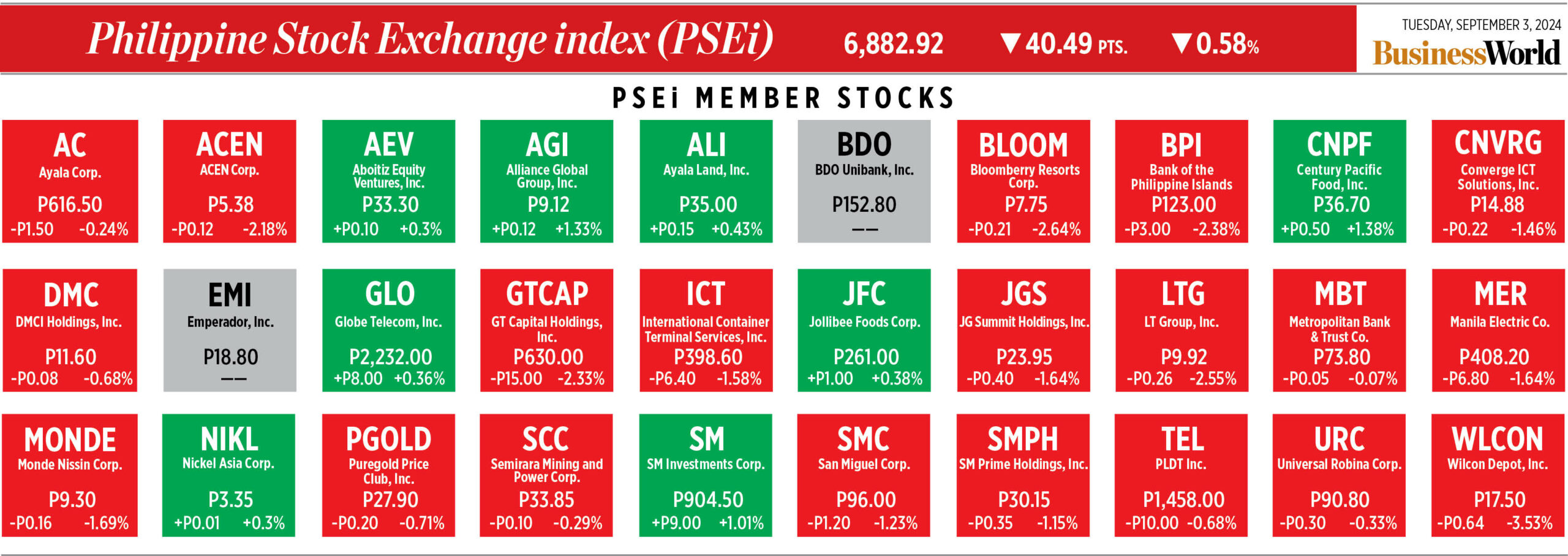“The language of the claims limits the scope of protection granted by the patent. The patentees, in enforcing their rights, and the courts in interpreting the claims, cannot go beyond what is stated in the claims, especially when the language is clear and distinct. If not, […] reference to the description and drawings may be done to ascertain the meaning of the terms in the claims.”1
This is one of the key pronouncements by the Supreme Court in the case of Phillips Seafood Philippines Corp. vs. Tuna Processors, Inc. Promulgated on Feb. 6, 2023, and published on the Supreme Court’s website on March 7 this year, the case is the latest addition to the limited Philippine jurisprudence relating to patents.
The case began when Kanemitsu Yamaoka, co-inventor of Philippine Patent No. I-31138 (Patent I-31138) entitled, “Method for Curing Fish and Meat by Extra Low Temperature Smoking,” filed a patent infringement complaint against Phillips Seafood Philippines Corp. with the Bureau of Legal Affairs (BLA) of the Intellectual Property Office of the Philippines (IPOPHL). Mr. Yamaoka alleged that Phillips used the patented process without authorization. Phillips denied the claim, stating its process does not involve a cooling unit as specified in Patent I-31138.
The BLA dismissed Mr. Yamaoka’s complaint, concluding that there was no literal or equivalent infringement. Mr. Yamaoka then appealed to the Office of the Director General (ODG), which appointed a technical expert that reported on the differences in the curing processes between the two companies. Before the appeal could be resolved, Mr. Yamaoka passed away and was substituted by Tuna Processors, Inc. (TPI). The ODG eventually dismissed the appeal, and the case was elevated to the Court of Appeals. The Court of Appeals initially upheld the ODG’s decision but later amended it, ruling that there was infringement under the doctrine of equivalents.
The case eventually reached the Supreme Court, which ultimately ruled that Phillips’ process did not infringe on Patent I-31138. In its decision, the Court emphasized that determining the existence of infringement involves a two-step analysis: first, interpreting the patent’s claims to establish their scope and meaning; and second, comparing the allegedly infringing product or process against the standard of the properly interpreted claims. Infringement occurs not only if all the elements of a claim are present but also if their equivalents are involved.
The Court upheld that there is no literal infringement as the Phillips’ process contains three steps that are not present in the process of Patent I-31138.
In determining whether there is infringement under the doctrine of equivalents, the Court first discussed two established tests: the “insubstantial difference” test and the “function-means-result” test. The “insubstantial difference” test identifies infringement when minor changes are made to a patented invention that serve as mere substitutes for the original elements. On the other hand, the “function-means-result” test applies when an infringing process, despite modifications, performs the same function in the same way to achieve the same result as the patented invention.
The Court then introduced a new standard called the “all elements” test, which requires that the doctrine of equivalents be applied to each individual element of a patent claim rather than assessing the entire invention as a whole. Although the “all elements” test is derived from US jurisprudence, it is supported by Section 75.2 of the Intellectual Property Code2 and is applied “to avoid the possibility that courts will enlarge the scope of a patent when applied too broadly to the invention as a whole and thereby eliminate an element in its entirety.”
In this case, the Court first applied the “insubstantial difference” test and the “function-means-result” test. The Court found that while the functions and results of Phillips’ and Patent I-31138’s processes are similar, the methods used are different. Phillips uses filtered smoke at ambient temperature, whereas Patent I-31138 specifies smoke cooled to between 0°C and 5°C. There was also no evidence that Phillips’ method of cooling both smoke and meat simultaneously achieves the same claimed preservative effects as the patented method. The Court then applied the “all elements” test and determined that only the initial steps of Phillips’ process are equivalent to the initial elements of Patent I-31138, while the other remaining steps and elements are not considered to be equivalent. Consequently, the Court ruled that there was no infringement under the doctrine of equivalents.
Phillips Seafood Philippines Corp. vs. Tuna Processors, Inc. represents a notable step in clarifying the application of infringement tests within local patent jurisprudence. While it is worth noting that the Court applied all tests in no express preferential order in determining the existence of infringement under the doctrine of equivalents, the ruling provides a comprehensive framework that may offer valuable guidance for future patent infringement cases.
(This article is for informational and educational purposes only. It is not offered and does not constitute legal advice or legal opinion.)
1 G.R. No. 214148, Feb. 6, 2023.
2 Republic Act No. 8293, Section 75.2 For the purpose of determining the extent of protection conferred by the patent, due account shall be taken of elements which are equivalent to the elements expressed in the claims, so that a claim shall be considered to cover not only all the elements as expressed therein, but also equivalents.
Rowen D. Palma is an associate of the Intellectual Property Department of the Angara Abello Concepcion Regala & Cruz Law Offices (ACCRALAW).
rdpalma@accralaw.com
8830-8000


















